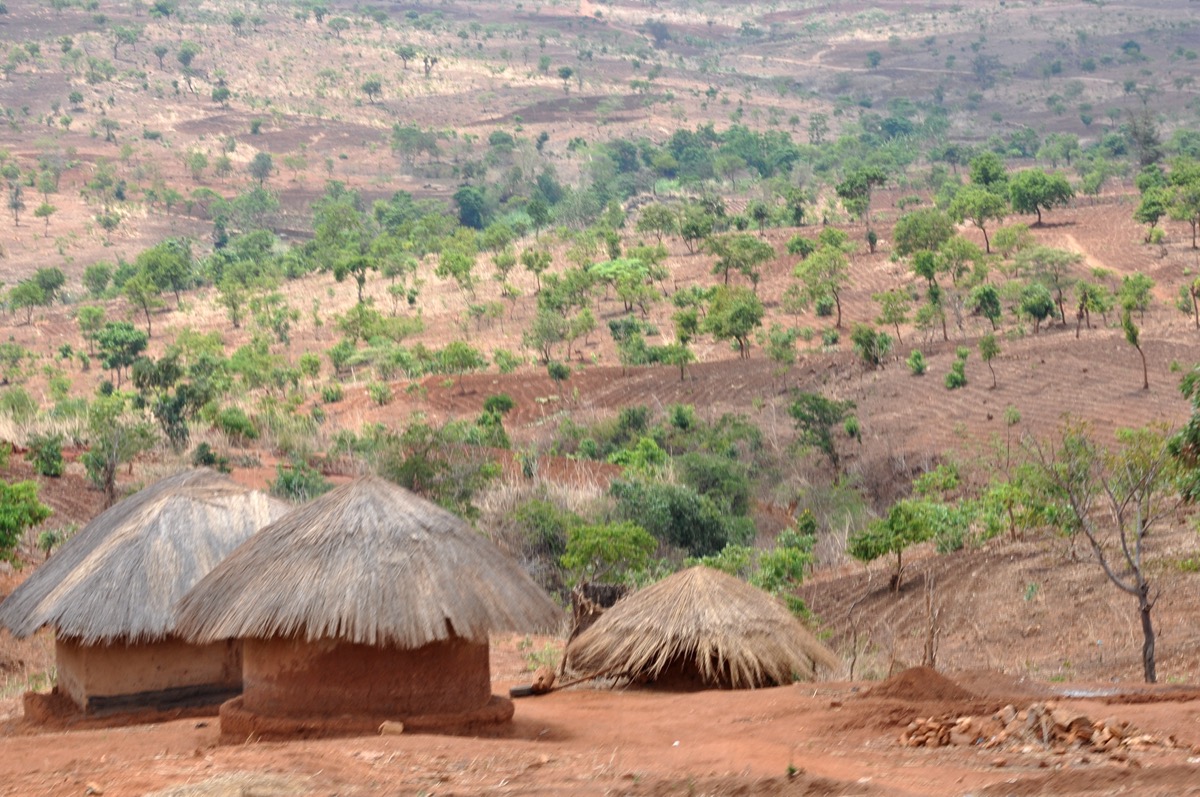
Farm & Forest, Malawi, 2012.
As climate-change solutions go, tree planting triggers all the dopamine.
It’s got it all. You walk out into an abandoned field, lay down some acorns, and step back and watch the system rebuild itself. The toxins are expelled from the ground as a wasteland becomes a forest; the forest attracts animals; the trees absorb the carbon dioxide; and everything cools back down to when we were all younger, more innocent, and free.
It’s impossible not to love that story. Who doesn’t adore the super-feel-good tale of Jadav Payeng, who planted trees for 30 years and single-handedly brought back a forest in India? Or the testosterone-laced idea of drones blasting billions of seedpods like missiles into abandoned land? Or “muvuca,” the quieter, efficient, indigenous-led, drought-resistant method of Amazon reforestation using a mix of 200 kinds of seeds? The slow churning growth of carefully reforested pines on the dead coal mines of Appalachia — and the warm, tranquilizing knowledge that the eastern United States now contains more trees, young as they may be, than it did 100 years ago.
If you do it right, you can look at just about anything and see a forest.
Just Add Surplus Labor…
Meantime, as COVID-19 ravages the world’s economies, it’s created an “epic crisis of demand,” which is on the one hand a tragic employment crisis. On the other hand, it also may be an important, long-overdue, and productive adjustment as we slough off manufacturing and services that may not have been needed or even desired — the artifacts of appetites that endured through the decades like bad habits. Do we need so many TVs and speakers and power strips and swag bags, glitter pens and water-balloon fillers and more bungee cables and 99-cent plastics of every shape and size… and all the labor it takes to make them, market them, sell them, deliver them, consume them, and dispose of them?
We’re not judging, but sometimes it’s good to step back and rethink our habits.
Permanently reduced consumer demand and automation are likely to slash jobs from Shanghai to Melbourne to Reykjavik to Capetown to Chicago to Buenos Aires, and they’re jobs that won’t be coming back. What better use of global surplus labor could there be than restoring unused land to like we found it — in other words, planting trees?
The trouble, of course, is that even if we tried to put things back how they were, the climate won’t necessarily cooperate. More sophisticated — if sometimes less nature-driven — concepts of forestry will be required.
Agroforestry to the Rescue?
One such idea is agroforestry, which, like nearly all tree planting, helps fend off climate change by cultivating and nurturing more CO2-absorbing trees. Agroforestry is the managed coexistence of forest and farm, and as such it benefits the ground as much as it does the sky, nurtures the economy as much as it does the ecology, and provides nutrients and partial shade to people, crops, and livestock. As Daniel Moss wrote in “The Case for Agroforestry” on Devex in 2018,
It’s hard to imagine a simpler, more appropriate technology to combat climate change, improve yields for millions of struggling farmers and make headway on the United Nations Sustainable Development Goals. Farmer-managed natural regeneration is affordable — it requires no external inputs — and preserves local biodiversity that yields traditional foods and medicines. Evidence of this management’s rapid spread — generally locally-led rather than due to foreign funding — has been demonstrated by satellite imagery. The World Agroforestry Centre has found that more than 46 percent of the worlds’ agricultural land has greater than 10 percent tree cover and that this number could be increased dramatically.
Farms vs. Forests
Like “economy vs. ecology” and “mitigatation vs. adaptation,” “farms vs. forests” is one of those binary bugs we should shake out of our blankets once and for all. According to the World Agroforestry Centre (ICRAF), agroforestry
has the potential to improve (i.e. restore) and sustain land health by increasing the diversity of farming systems improving soil carbon (SOC) status and hence soil fertility while providing people with alternative sources of income.
Meanwhile in “the Warm Heart of Africa”…
A case study for the managed integration of forestry and agriculture is Malawi, where agriculture makes up 80% of the economy. Most farming is still done on small family farms which engage approximately 11 million of Malawi’s citizens and help maintain the country’s social traditions even as the population grows rapidly. Farms range from traditional family plots untouched by modern practices to larger enterprises reminiscent of factory farms as mechanization becomes more common.
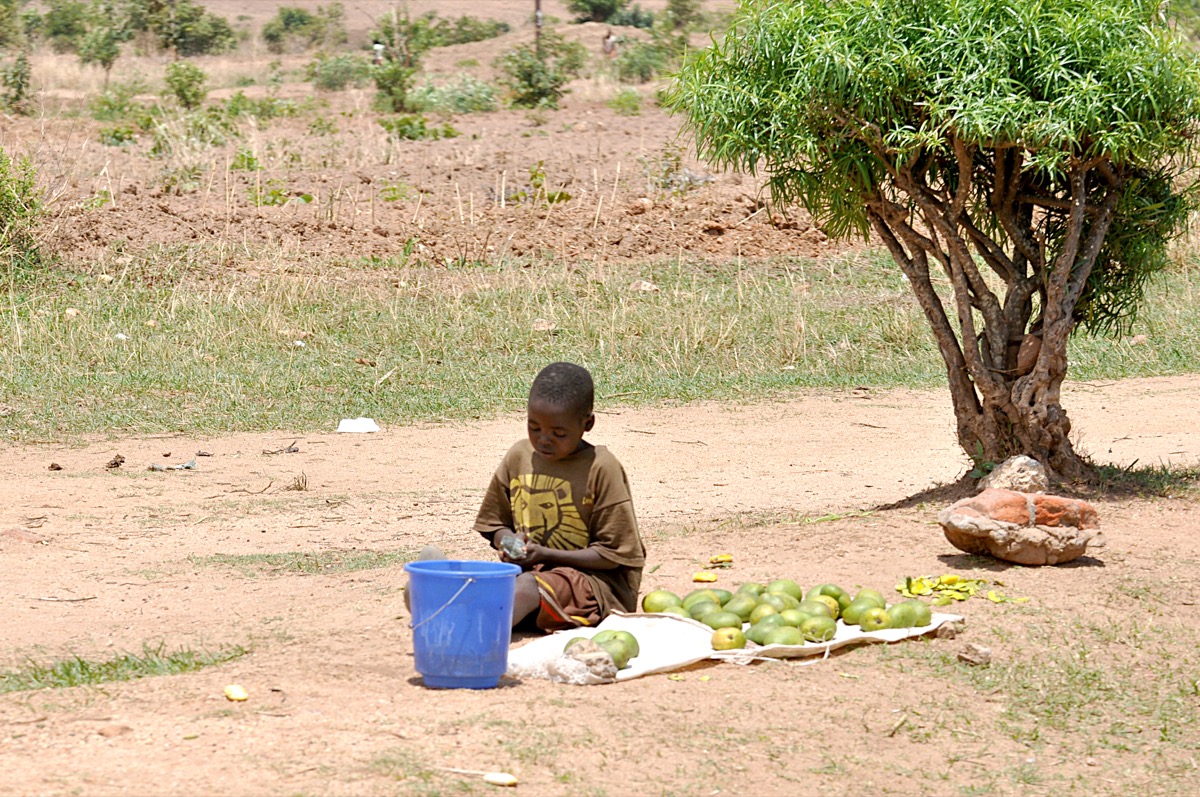
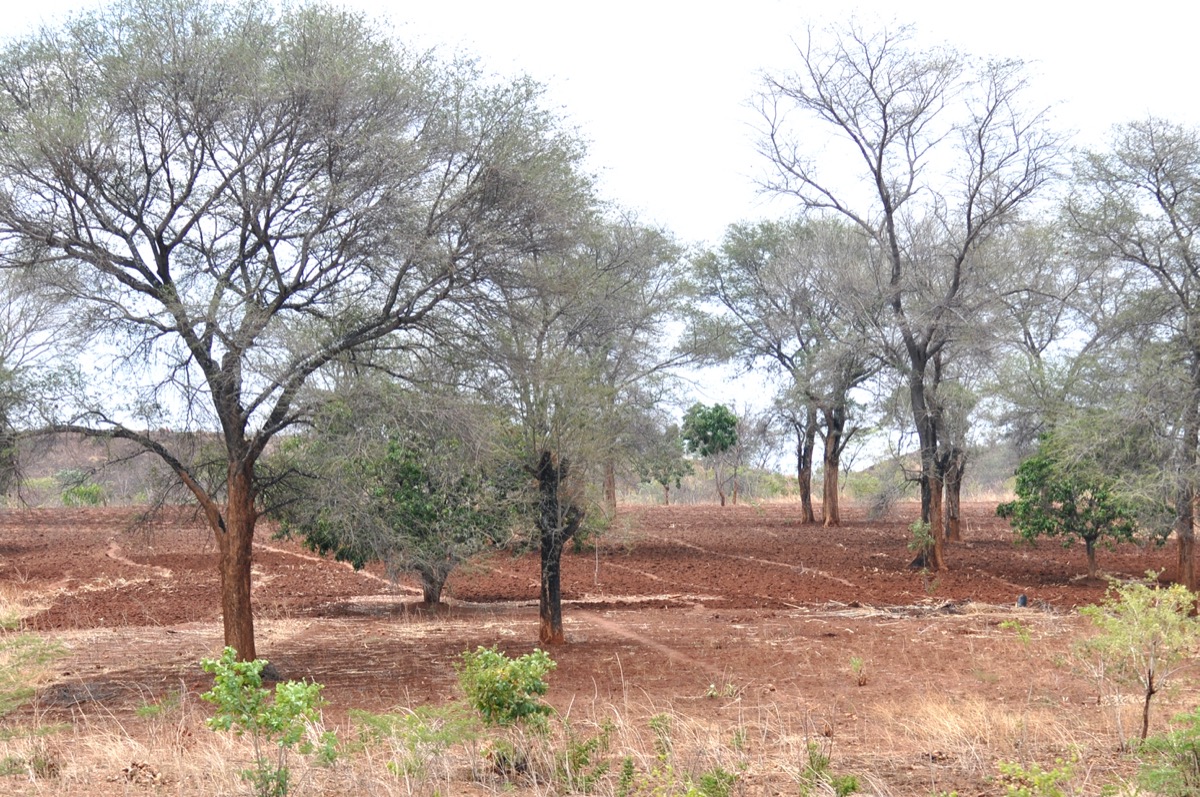

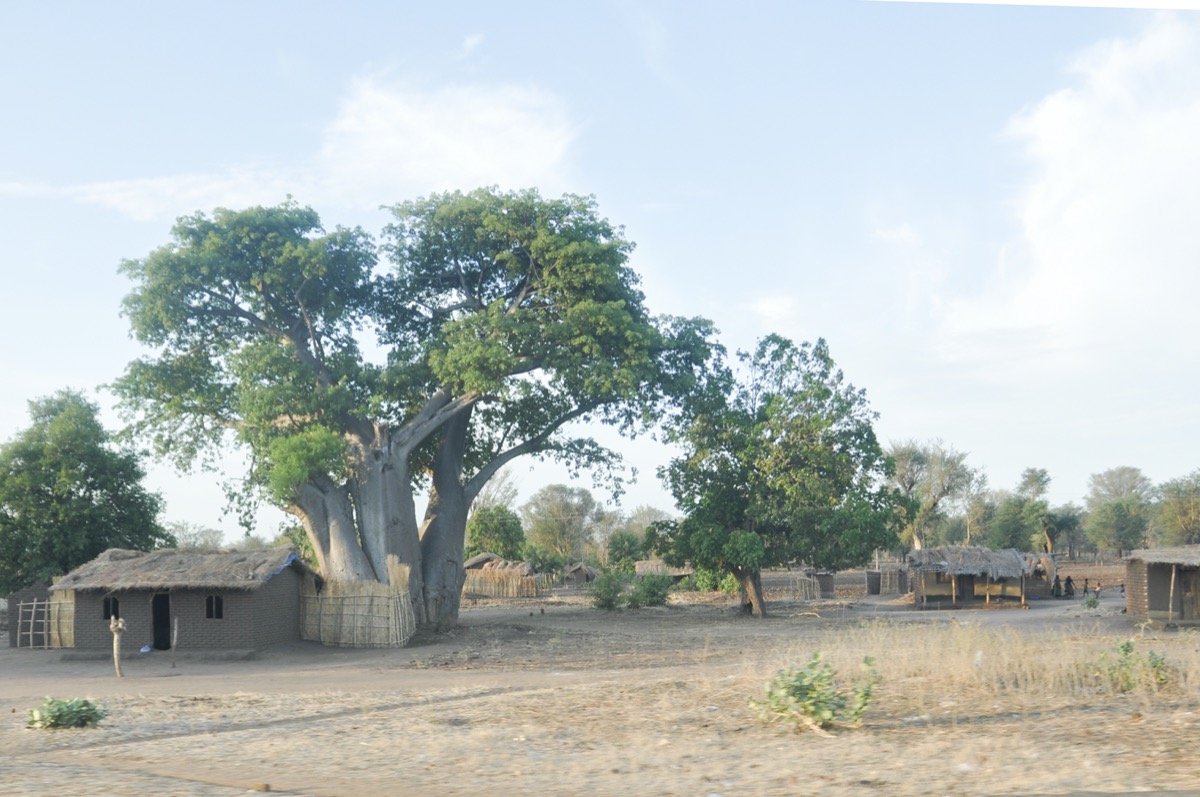
Boy selling mangoes, the fruit of the forest; three farms, Malawi, 2012. All photographs by the author.
The population still lives among agriculture, encouraging diverse uses of farmland and helping to fend off large-scale factory farming. However, rain has been unreliable since the early 1990s and Malawi has been hit hard by drought in recent years, stunting the development of nearly half of the country’s children, and generally creating the kind of rural poverty that has driven urbanization in most parts of the world.
Urbanization is not the only risk of enduring poverty in this long-peaceful country. A development banker told me off the record that his bank would back just about any development program that would put “a hoe, a broom handle, or a baby bottle” in the hands of a young employable person instead of something more dangerous. Noting Malawi’s proximity to the Congo, he meant firearms.
In addition to the drought, imported fertilizers and other practices have badly depleted the country’s arable soil. Inefficient land reduces yields and drives farmers onto grasslands needed by wildlife; and villages are destabilized as farmers travel farther to grow crops and graze livestock.
This is fertile ground for the ICRAF and its partners, who have begun a project funded by the Flanders government to study the impact of more integration of forests and farms.
The main objectives of the project are to 1) assess functional aspects of ecosystem health in Malawi, including to design, deploy and apply a system to establish baselines and monitor trends of land health; 2) obtain accurate statistics on soil organic carbon, pH, texture, soil erosion, root-depth restrictions and woody cover densities, distribution and diversity under agroforestry and assessment of the contribution of agroforestry to land health in the country; and 3) develop tools and interfaces to explore land health indicators, as well as land use, allowing agroforestry to be formally added to national planning.
The idea is cultivate an ideal balance — though not necessarily the original natural balance — of trees on Malawi’s gentle hillsides and, for moving forward in a way that improves soil, increases yield, and reduces chemical use. It isn’t simply about how many trees can be planted in how little time, but how to do so in support of the local population and the global context. Read more about the Agroforestry and Land Health in Malawi Project here.
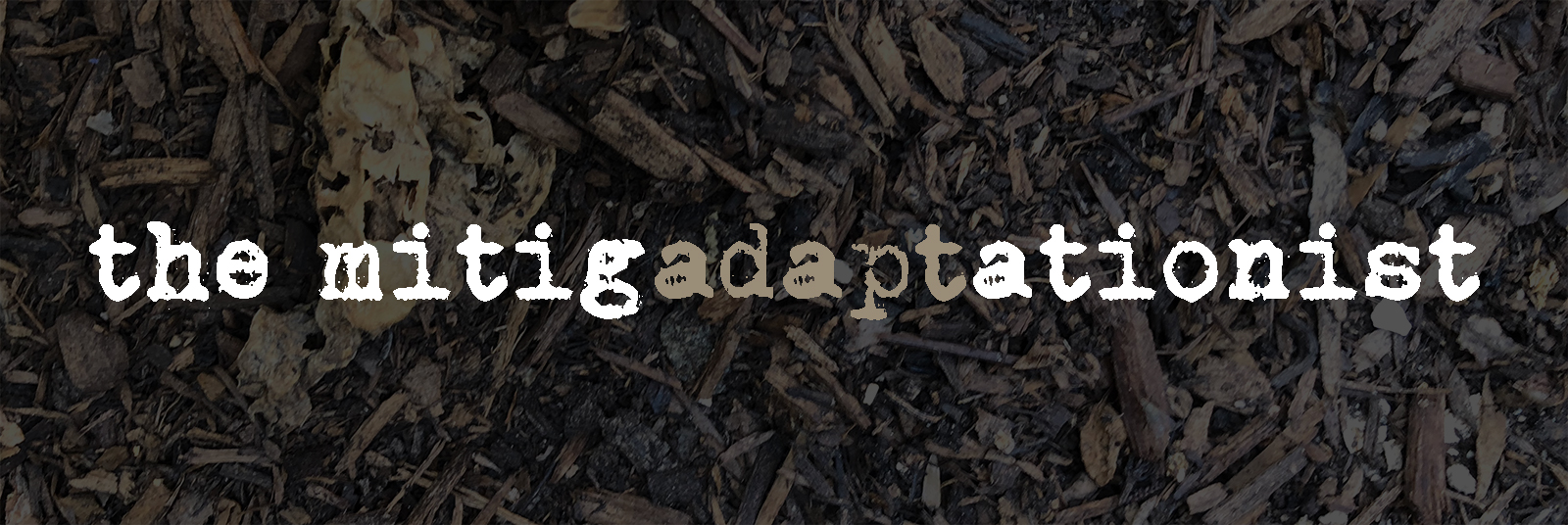
0 Comments